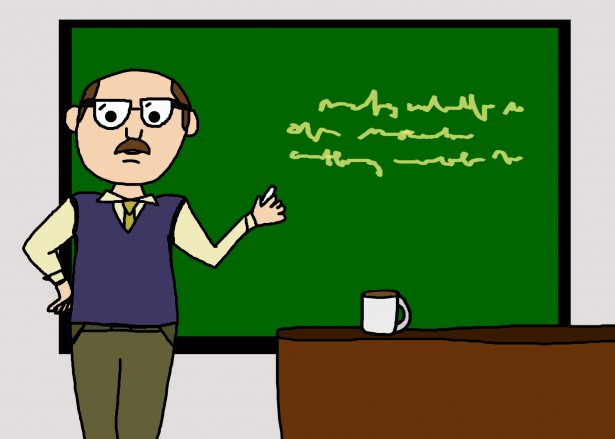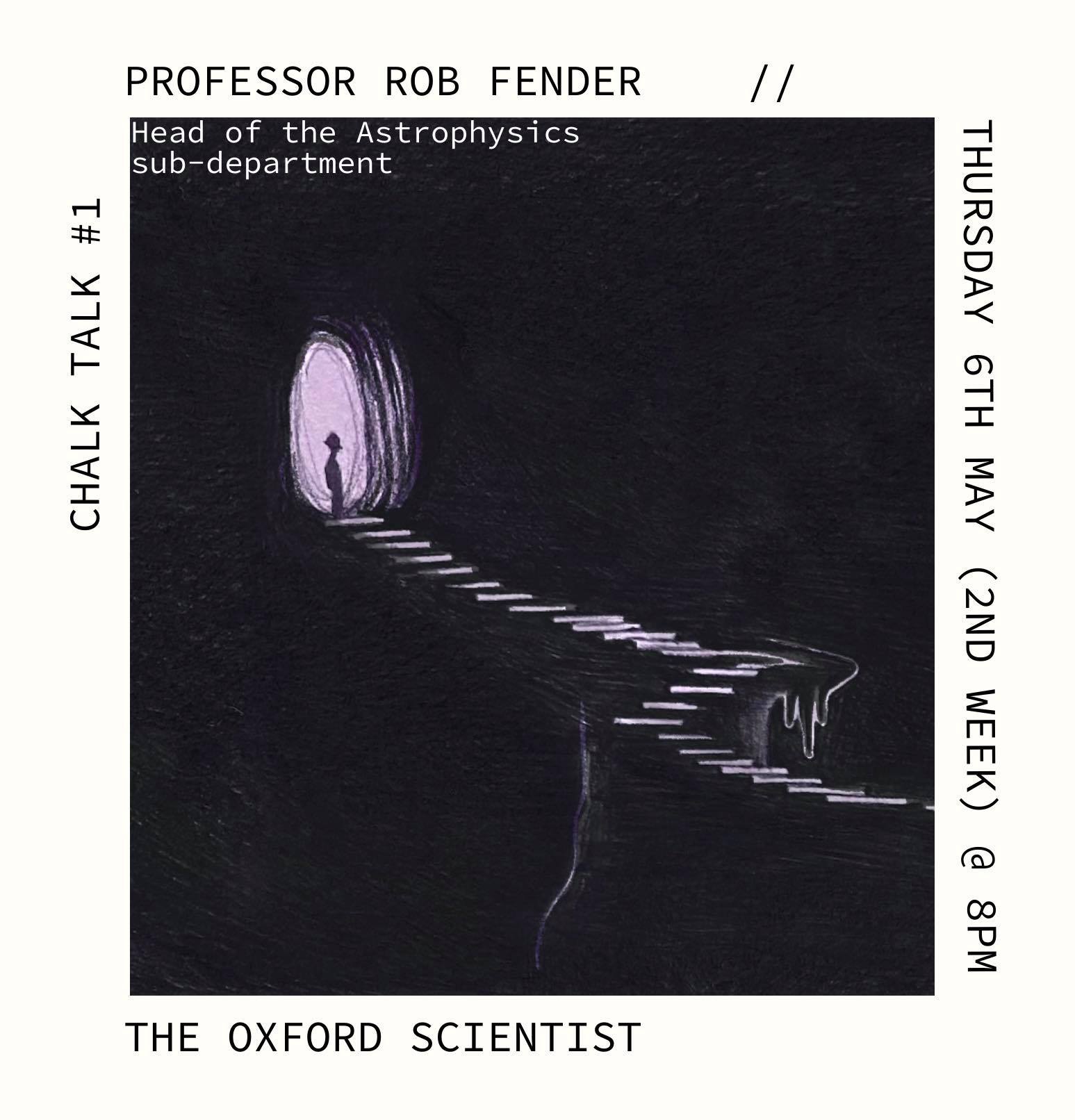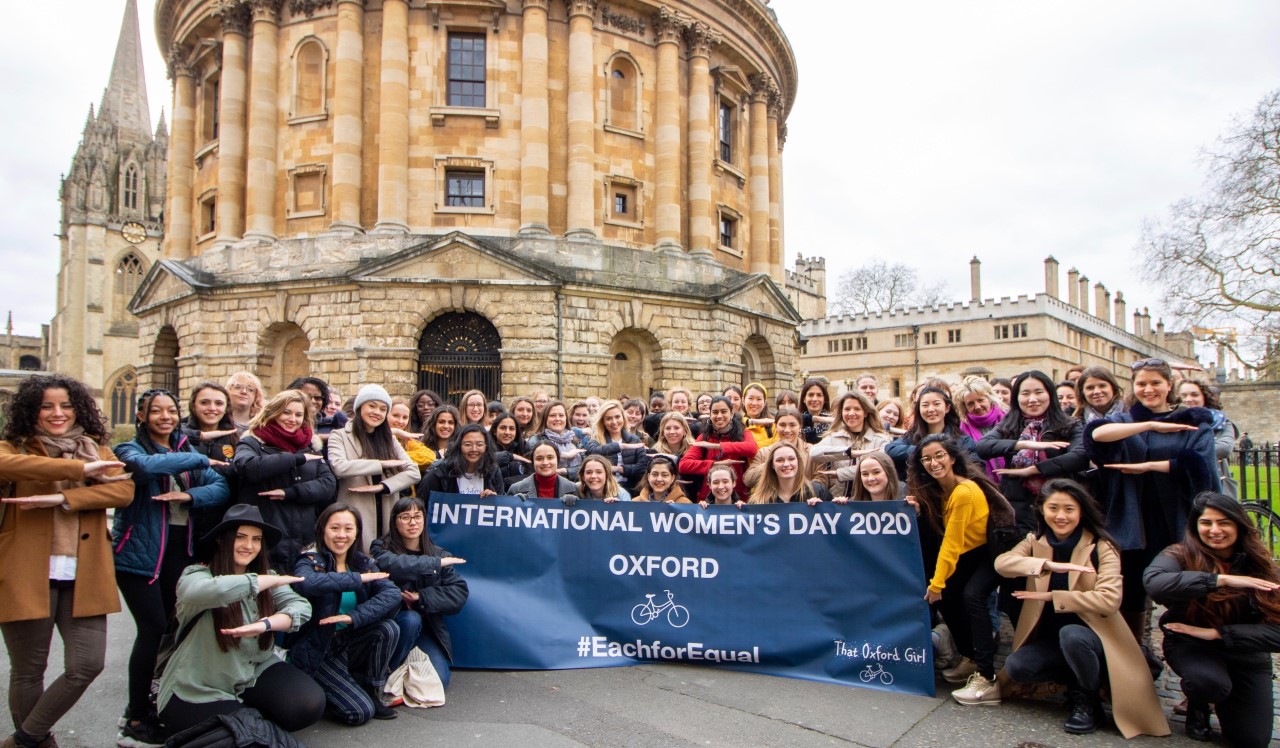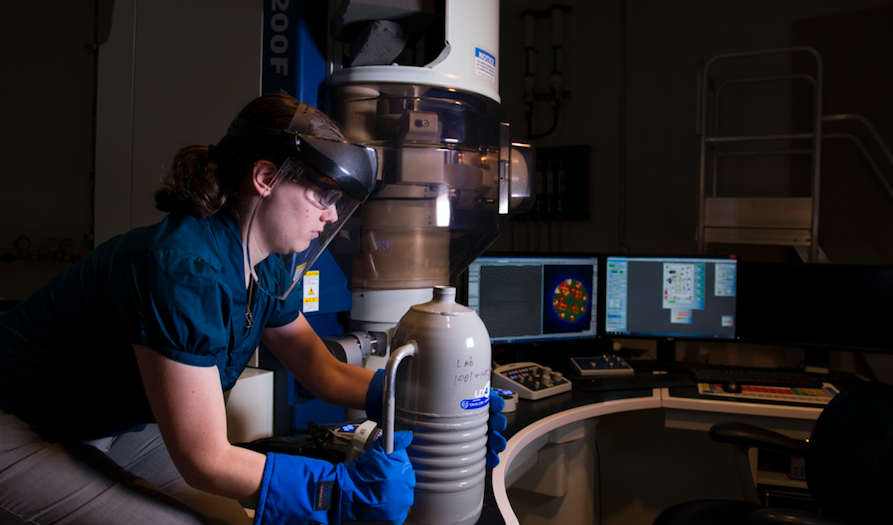Arianna Schuler Scott
“What is privacy to you?” The large black letters on the board set the tone immediately for Arianna Schuler Scott’s talk which asked us all to think carefully about the privacy of our data, how secure it is and how bothered we should be.
In her five minute talk, Schuler Scott (a DPhil candidate in Computer Science) took us on a whistle-stop tour of the entire history of the internet, highlighting how it grew out of academia, not designed with the “bad guys” of the future in mind.
But even the legitimate users of the internet are constantly collecting data about us. Sheepishly, nearly the whole room raised their hands, as Schuler Scott cajoled us into admitting that despite accepting “cookies” on nearly every website we visit, most of us don’t have a clue what they are.
It turns out that a “cookie” is a data collector, storing up information of how often we visit websites and the things we click on when we’re there. This is the kind of information that brands use when they display a Facebook ad for that impulse buy you hovered over once on Amazon.
Collecting data like this en masse can be extremely useful in some contexts. Schuler Scott uses the example of data for collaborative medical trials where people are often keen to let organisations like the NHS access their data to search for clues to healthcare solutions. Placing this data in their hands is not risk free though, with many large-scale cybersecurity breaches reported every year.
Edward Snowden’s whistleblowing first opened the public eye to these risks in 2013, but apart from setting better passwords is there anything we can do to make our data safer? We are too far gone for a total rewrite of a safer internet, but experts like Schuler Scott are working hard on innovative ways to give the public more control over their data.
For now, Schuler Scott encourages a “healthy paranoia.” There’s no need to panic, but maybe if all your passwords are password123 you should think about a change.
To keep up with Schuler Scott’s exciting work you can follow her on Twitter @schulite.
Christian Coville-Cooke
Dr Christian Covill-Cooke (a postdoctoral researcher in biochemistry) tells us that there are 30 trillion human cells in a body and, basically, we have been lied to about all of them. Remember that GCSE biology question, where you had to label the different parts of a cell? It turns out there’s a lot more to a eukaryotic cell than just a membrane, cytoplasm and a nucleus.
For starters, cells aren’t round. Nerve cells, for example, have long, gangly axons that can stretch to around one metre long. In addition, there are many different organelles to be found in a cell other than the nucleus. Covill-Cooke cites mitochondria (cell energy suppliers) and lysosomes (which holds digestive enzymes) as examples, though these are but a few of the many parts of a cell, all crucial to its working.
The picture is still not complete, as Covill-Cooke goes on to explain that these organelles are not static but can move throughout our cells. Mitochondria can move all the way along our axons to reach the spots where energy is needed most although, interestingly, this movement grows less as time passes, suggesting the mitochondria can “learn” where they are needed most.
This ability of organelles to “learn” and “know” how to behave is also exhibited in Covill-Cooke’s current research, where he has shown that some organelles can tether to each other within a cell. It is as yet unknown how crucial these “tethers” are, although it has been observed that they are used to transfer materials such as lipids, which make up the cell’s and organelle’s membranes.
What is really cool about this research is that Covill-Cooke and his group have discovered that if you prevent some of these “tethers” from forming, then the transfer can still happen, by a diversion. Stop one organelle from tethering and another will bind in its place, playing pass the parcel with the lipid until it gets to where it needs to be.
Forming this diversion almost makes it sound like the organelles are sentient, knowing what to do when an obstacle is put in their path. To be honest, Covill-Cooke admits, when a scientist says that the organelles “know” what to do, it just means they don’t yet understand how it works. I’m very much looking forward to finding out when they do.
If you have any questions about Covill-Cooke’s work you can get in touch at [email protected]
Brooke Johnson
Look outside and you’ll see metazoans everywhere, explains Brooke Johnson (a postgraduate researcher in Earth Science). Look in the mirror and you’ll see a metazoan, which is a word to describe any multicellular eukaryotic organism with some cell differentiation. Metazoans rule the world, so how come they have only existed on Earth for 13% of its lifetime?
Eukaryotes (cells with a nucleus enclosed in a membrane), Johnson explains, have themselves only been around for 50% of the Earth’s existence but this still leaves a mysteriously large amount of time in which metazoans could have evolved and didn’t before they burst onto the scene at a high pace.
There are two main schools of thought that attempt to rationalise this phenomenon. The permissive argument argues that the conditions on Earth were just not good enough to support complex life, while the complexity argument suggests that metazoans are so complex that it’s only logical it took so long for them to evolve.
The complexity argument is supported by data analysis, putting the exponential evolution of metazoans alongside the evolution of modern technology such as computer chips to show how similar the patterns are. However, for evidence for or against the permissive argument you need more physical evidence.
Previous papers have been published on this subject which indicate that the levels of phosphorus on Earth before the development of metazoans are just too low to support life. Contrary to this, recent work by Johnson and co-workers has shown some very interesting findings.
Deep in the Australian desert, the nature of the geology has meant that rocks dating back as far as before metazoans are still preserved in a way that allows geologists to draw data about the mineral content of the time, and painstaking analysis by Johnson has now shown that the Earth surface was actually rich in phosphorus at this time.
Johnson was actually able to present this research at a conference attended by those whose paper he was debunking. They had deliberately used quite a limited set of data in their paper which strongly supported their hypothesis. With a gleam in his eye he recounts their stony faces and hurried exit from the conference; a harsh lesson learnt about the perils of sacrificing a bit of integrity to aid quick publication.
The fight, however, of permissive versus complexity is still not over. Show that one mineral was there in abundance and the other side will suggest a deficiency of another. Johnson’s research has definitely delivered a blow to the permissive argument but there is still a long way to go and plenty of exciting research before we can be more sure what really happened.
If you want to see more of the exciting work Johnson does you can find him on Twitter, Instagram and YouTube @Geology_Johnson.





